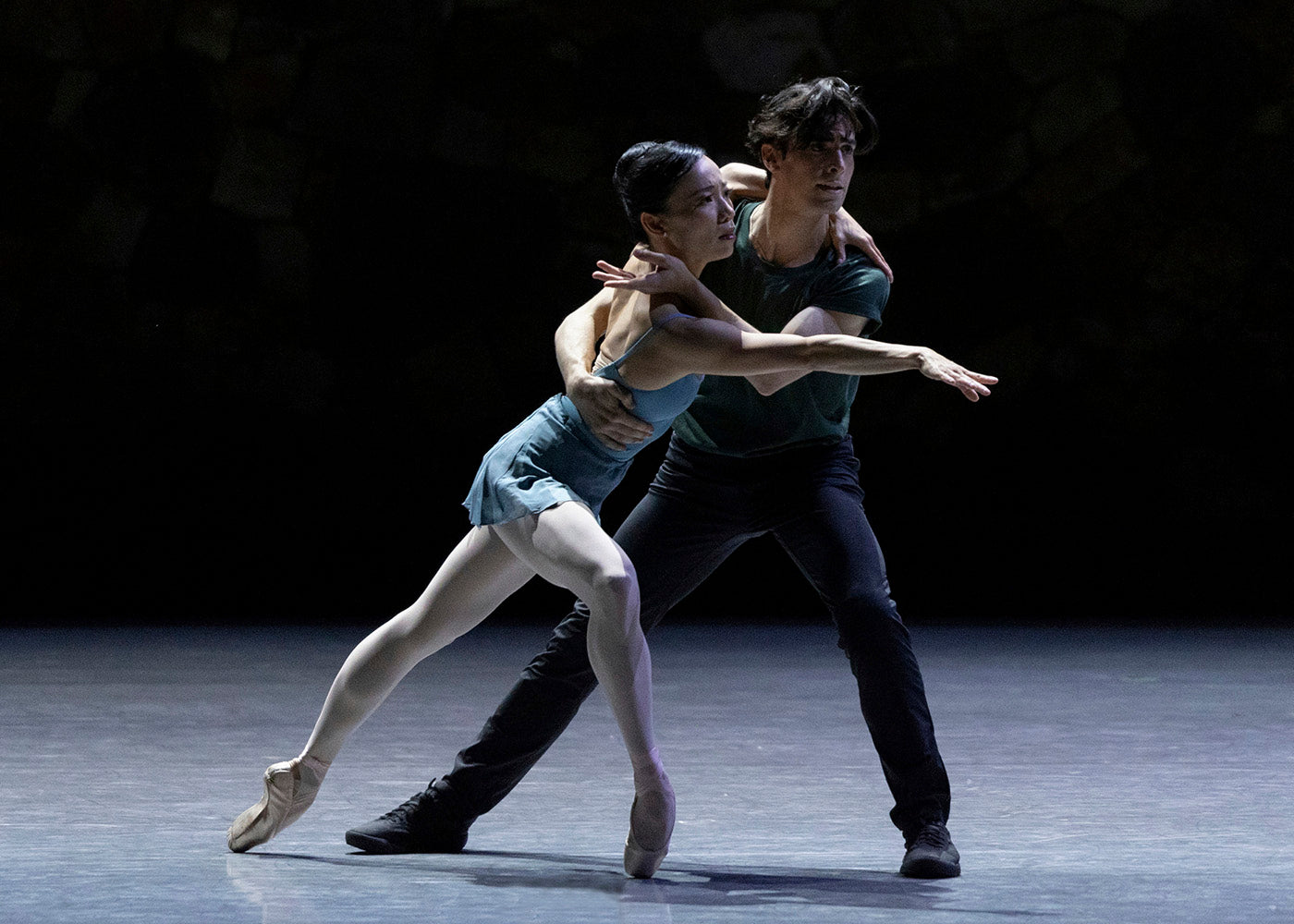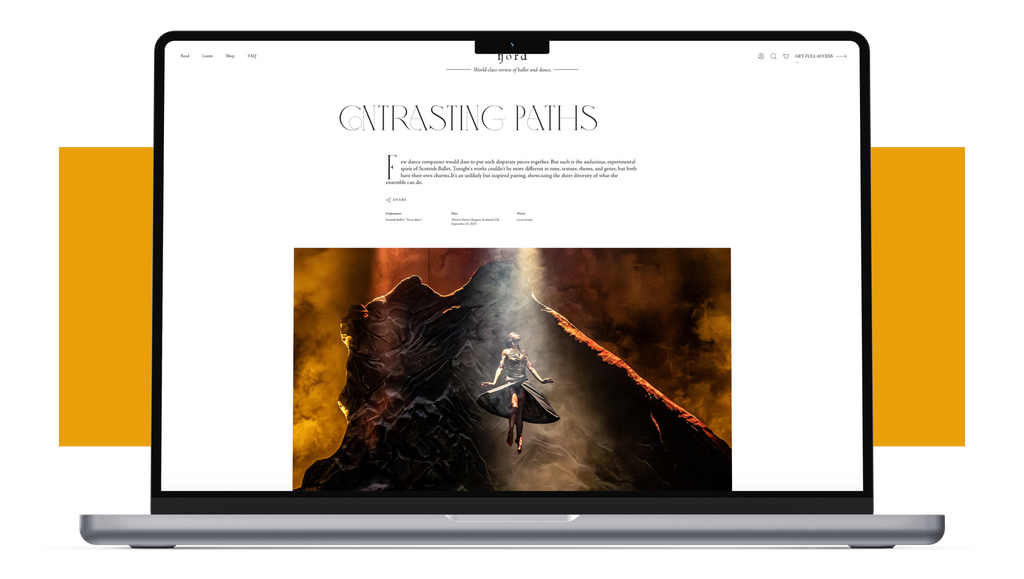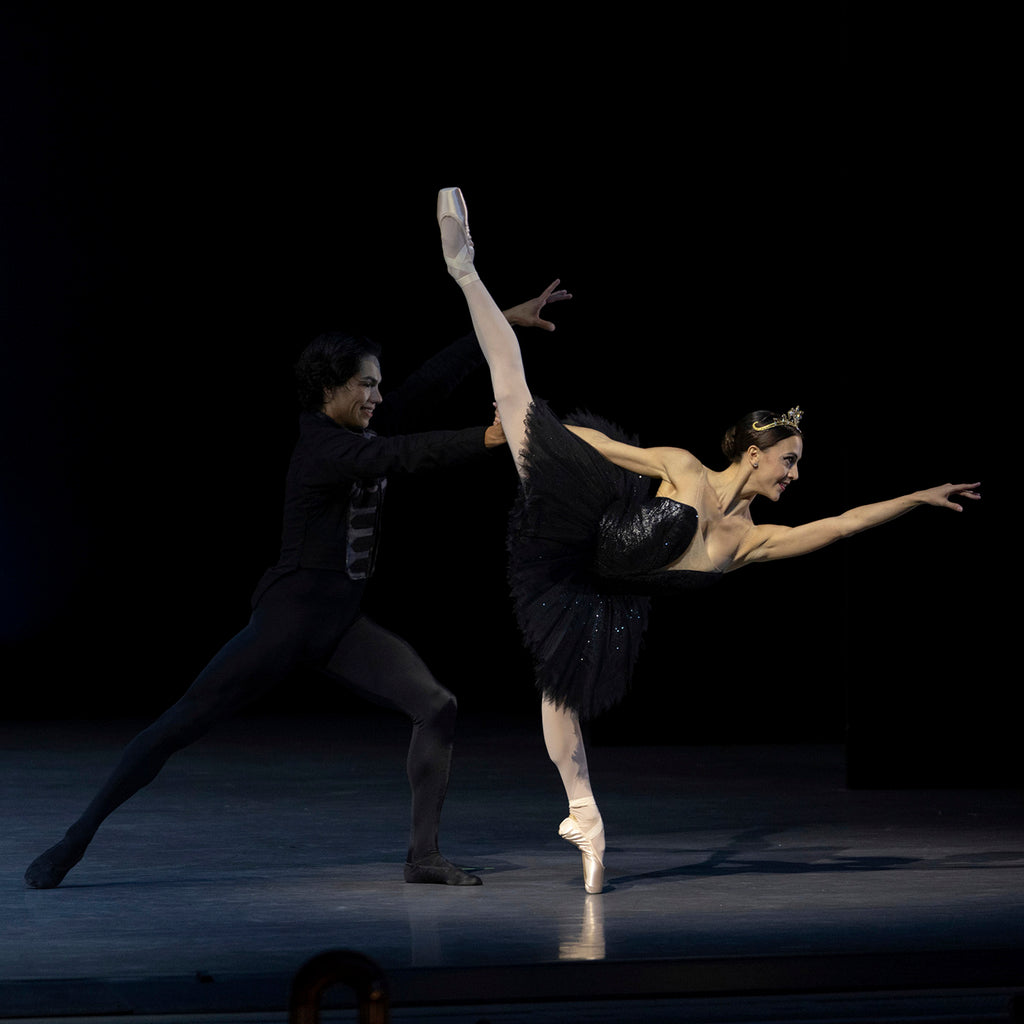Modern Dance Hold’em
Lassoing is a surprising through-line for a Martha Graham Dance Company performance. The theme steps generally tend towards the child-birthing variety: contractions and deep squats.
Continue Reading
World-class review of ballet and dance.
Beneath blue California skies, manicured trees, and the occasional hum of an overhead airplane, Tamara Rojo took the Frost Amphitheater stage at Stanford University to introduce herself as the new artistic director of San Francisco Ballet. The meeting had future box office returns on the line. This was San Francisco Ballet’s third annual August presentation by Stanford Live, an engagement that is not just a back-to-school warm-up for the company, but also a way of convincing new South Bay and Silicon Valley fans to travel an hour north to San Francisco for the 2024 season come next January. Rojo is going to need these newcomers for programming that looks quite different from her predecessor Helgi Tomasson’s. She succeeded in offering plenty of whiz-bang spectacle to convert fresh balletomanes, despite a closer that seemed to leave many scratching their heads.
Performance
Place
Words



“Uncommonly intelligent, substantial coverage.”
Already a paid subscriber? Login

Lassoing is a surprising through-line for a Martha Graham Dance Company performance. The theme steps generally tend towards the child-birthing variety: contractions and deep squats.
Continue ReadingAs a dance viewer, it’s easy to get swept up in the grand movements in a piece, glossing over the finer details.
Continue ReadingHubbard Street Dance Chicago was in New York for a two-week run March 12–24 at the Joyce Theater, a venue that consistently programs excellent smaller dance companies in its 472-seat theater.
Continue ReadingThe legendary Cuban dancer Carlos Acosta trained relentlessly to come out of retirement last year for a performance of classical works in celebration of his 50th birthday at the Royal Ballet, where he spent most of his professional career.
FREE ARTICLE
comments